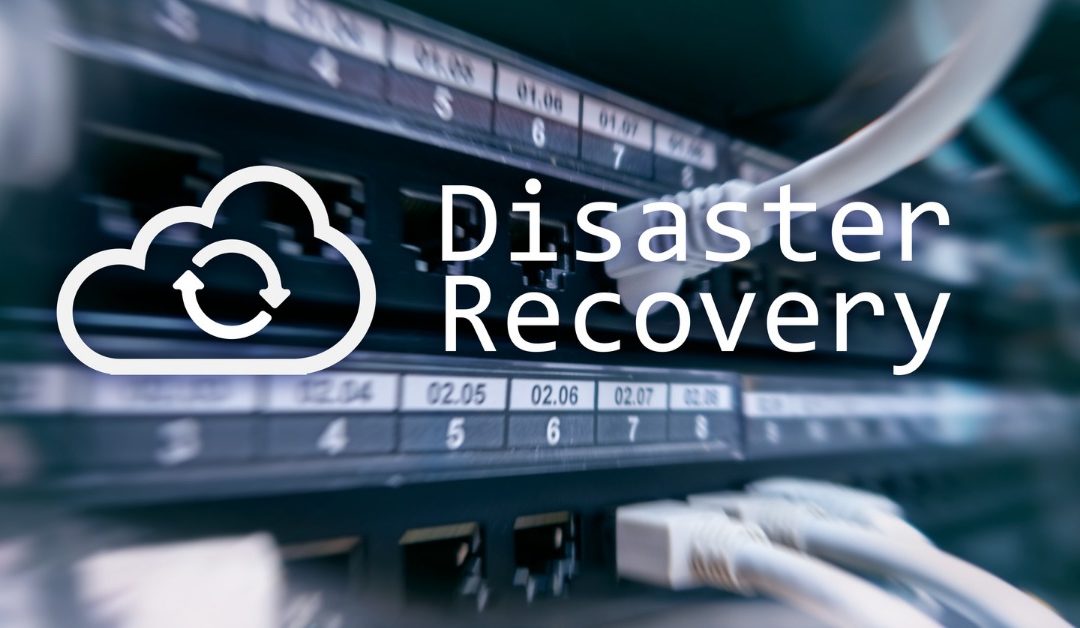In our last blog, we discussed the steps colocation facilities go through to protect your data. This week we’ll discuss the effects of natural disasters on the data center. It is essential to prepare for the unexpected. Having a well-thought-out and tested disaster recovery plan will save your company not if but when disaster strikes. This strategy will lay out the steps to resume your business following an unexpected event that can damage or destroy data, software or hardware.
Evaluate the Risks:
When creating a disaster recovery plan, you must assess the potential risks. It’s essential to evaluate which disasters affect your location. Are you on the west coast? Then, earthquakes and wildfires are going to be your biggest threat. Midwest or east coast? What about snowstorms, flash floods, hurricanes, hail and tornadoes? Even a “normal” rainstorm could do massive damage to a data center and its contents if all the conditions line up perfectly.
Create the Plan:
Developing a well-thought-out plan is a key step in your business continuity. Creating a comprehensive disaster recovery plan can help you mitigate potential risks and threats, prepare for possible disasters, and minimize their impact on business performance and productivity. An effective disaster recovery plan usually covers the following:
- Prepare for everything
- Conduct a risk assessment and business impact analysis
- Create data backup procedures
- Evaluate and prioritize systems
- Identify power redundancies
- Test, test, test
Testing the Plan:
The only way to know if your plan will work is to test it. Emergency drills will train your team, poke holes in the program and test the effectiveness of your plan. Therefore, it is crucial to hold drills throughout the year. Testing your plan only once will not get your team ready for a natural disaster. It is much better to uncover these problems during a practice exercise than during an actual incident. Not only should you test your plan, but you should also update it annually. Technology is a fast-paced industry and your disaster recovery plan can become outdated quickly.
No one wants to have to use their disaster recovery plan. However, suppose a disaster were to strike your data center. It could lead to the loss of a company’s data, failure of critical business systems, shut down of the company’s website functions, or worst, halt the entire company’s operations, potentially resulting in a massive loss of revenue. Having a thorough plan can help avoid this and limit the amount of downtime your business may have if a disaster were to occur. Because data centers hold proprietary and sensitive information, data center disaster recovery is a vital part of daily operations. Data centers and carrier hotels, like 165 Halsey Street, always keep disaster recovery top of mind to keep our customers’ data safe.

